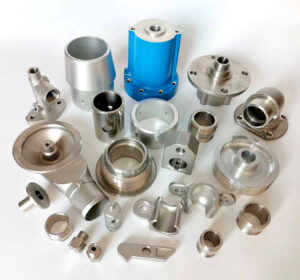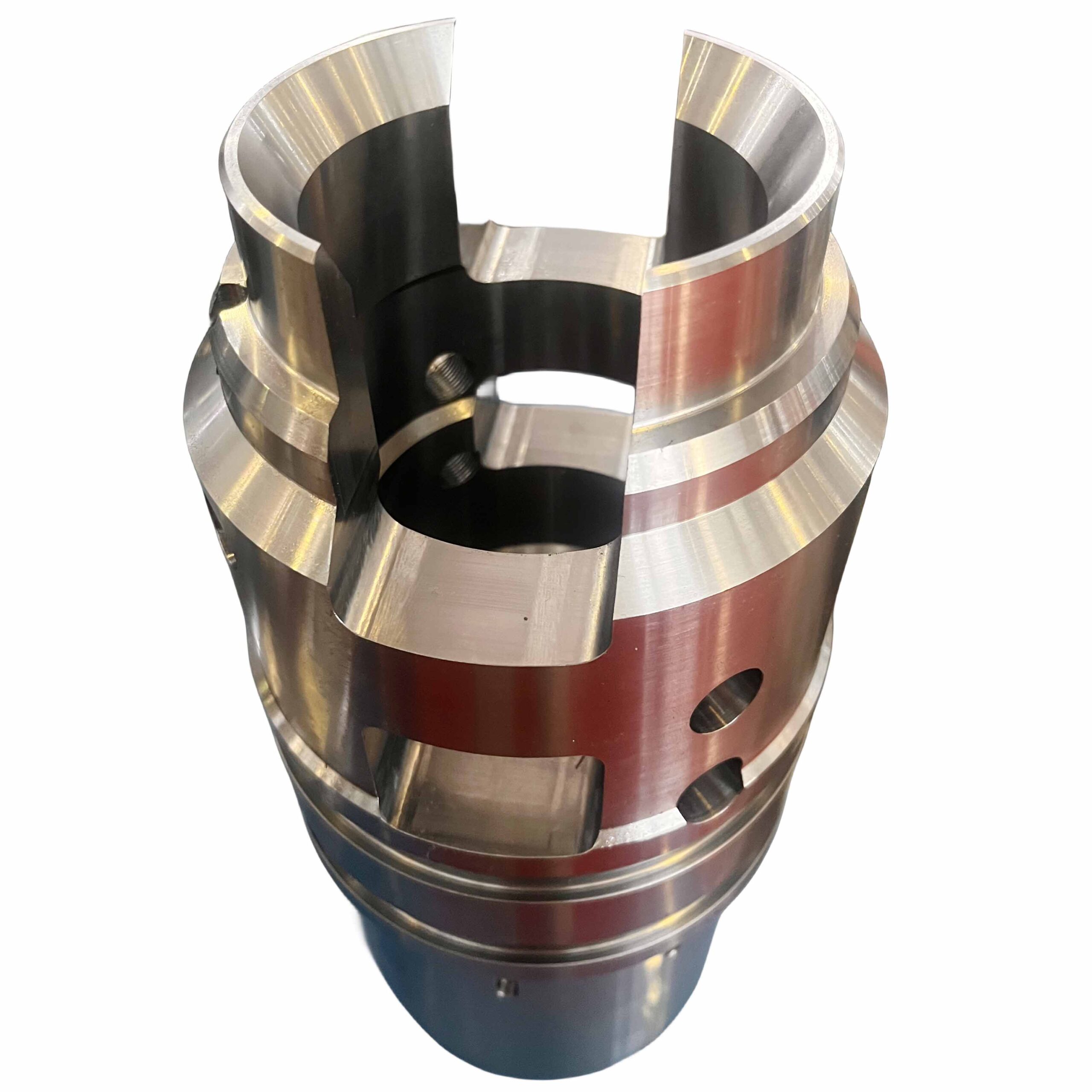The mechanical properties of cast steel are higher than those of cast iron, but their casting properties are worse than those of cast iron. Because the melting point of cast steel is high, the molten steel is easy to oxidize, has poor fluidity, and shrinks greatly. Its volume shrinkage is 10 to 14%, and its linear shrinkage is 1.8 to 2.5%. To prevent steel castings from defects such as insufficient pouring, cold shut, shrinkage cavities and porosity, cracks, and sand adhesion, more complex process measures than cast iron must be taken:
1). Due to the poor fluidity of molten steel, to prevent cold isolation and insufficient pouring of steel castings, the wall thickness of steel castings cannot be less than 8mm; the structure of the pouring system should be simple and the cross-sectional size should be larger than that of cast iron; dry casting should be used. In hot casting mold; increase the pouring temperature appropriately, generally 1520° to 1600°C, because the high pouring temperature will superheat the molten steel and maintain the liquid state for a long time, and the fluidity can be improved. However, if the pouring temperature is too high, it will cause defects such as coarse grains, thermal cracks, pores, and sand sticking. Therefore, for general small, thin-walled, and complex-shaped castings, the pouring temperature is about the melting point of steel + 150°C; for large, thick-walled castings, the pouring temperature is about 100°C higher than its melting point.
2). Since the shrinkage of cast steel is much greater than that of cast iron, to prevent shrinkage cavities and shrinkage porosity defects in castings, measures such as risers, cold iron, and subsidies are mostly used in the casting process to achieve sequential solidification.
In addition, to prevent shrinkage cavities, shrinkage porosity, pores and crack defects in steel castings, the wall thickness should be uniform, sharp corners and right-angle structures should be avoided, sawdust should be added to the casting sand, coke should be added to the core, and Hollow cores and oil sand cores are used to improve the concession and air permeability of the sand mold or core.
The melting point of cast steel is high, and the corresponding pouring temperature is also high. The interaction between molten steel and casting materials at high temperatures can easily produce sand-sticking defects. Therefore, artificial quartz sand with higher refractoriness should be used as the casting mold, and paint made of quartz powder or zirconium sand powder should be brushed on the surface of the casting mold. To reduce the source of gas and improve the fluidity of molten steel and the strength of the mold, most steel castings are cast with dry or quick-drying molds, such as CO2-hardened water glass sand molds.






